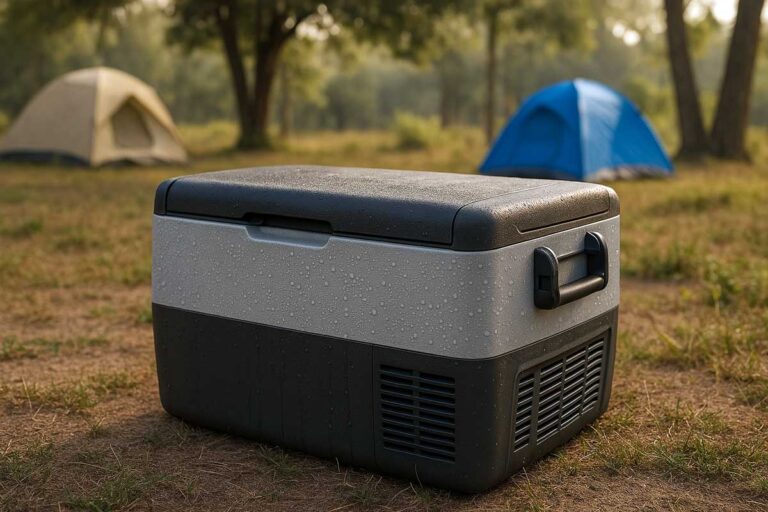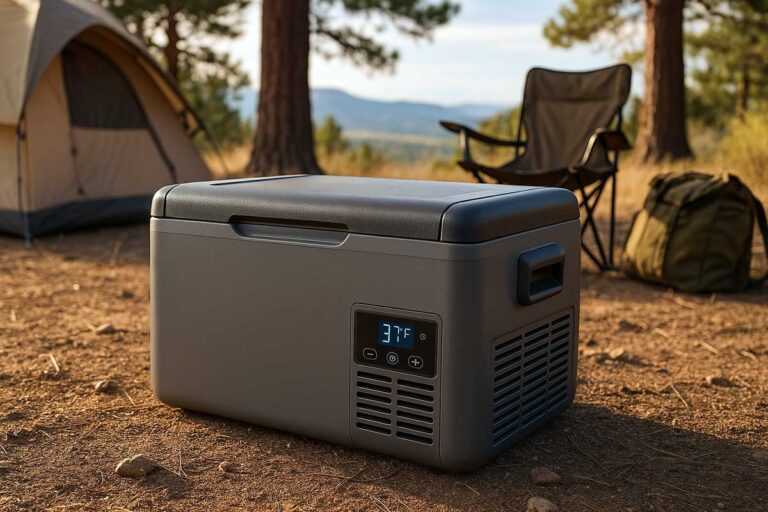Do Camping Backpacks Break Easily? 5 Tips for Lasting Gear
No, camping backpacks do not break easily when you select a quality product and take proper care of it.
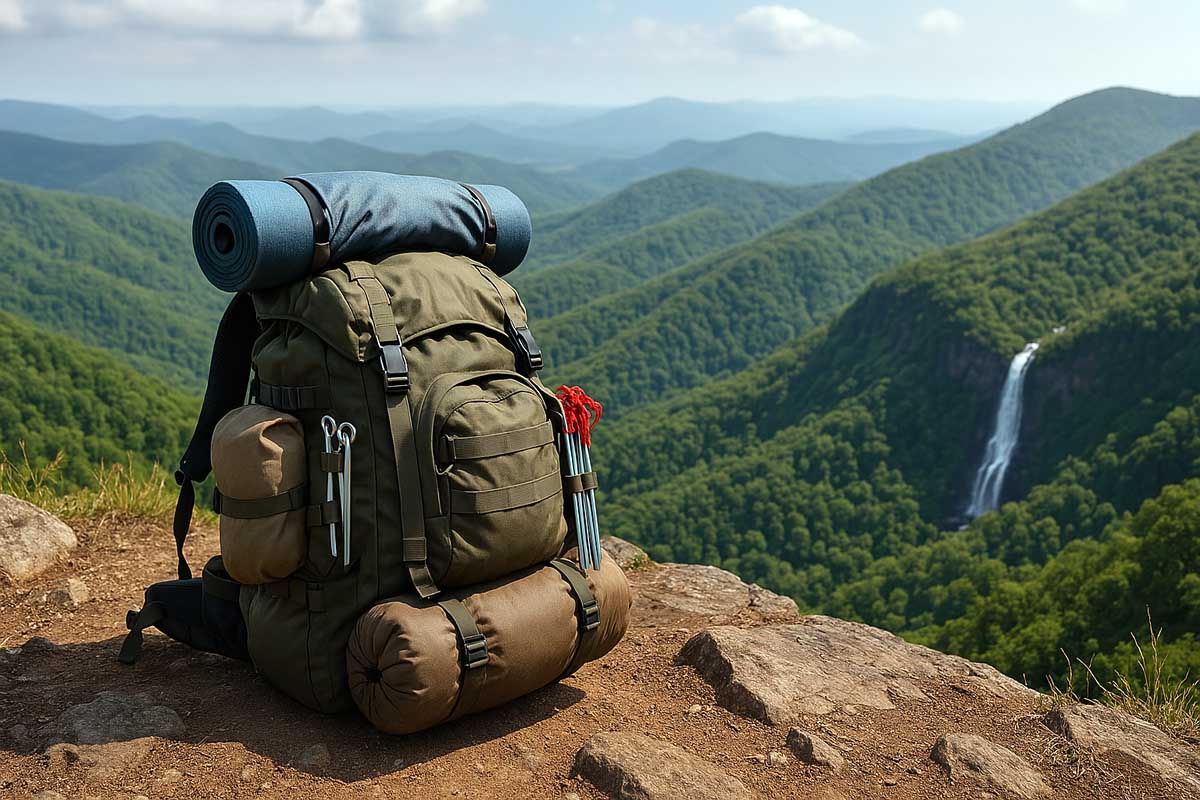
Camping backpacks don’t break easily if you invest in quality gear and maintain it well. In my many years as an avid camper, I’ve learned that a backpack’s durability largely depends on the materials used, the design, and regular maintenance. In this article, I’ll share insights from personal experience and research to help you understand backpack durability, choose the right gear, and keep it in top condition. Let’s get straight to the point and explore the essentials.
Contents Include
Understanding Camping Backpack Durability
When planning a camping trip, one of your most critical pieces of equipment is your backpack. The straightforward answer to the question “do camping backpacks break easily?” is that they generally don’t—provided you choose a model designed with durable materials and thoughtful construction, and use it properly. As someone who’s witnessed many backpack failures caused by neglect or inferior materials over the years, I can tell you that knowing what to look for in a backpack is essential.
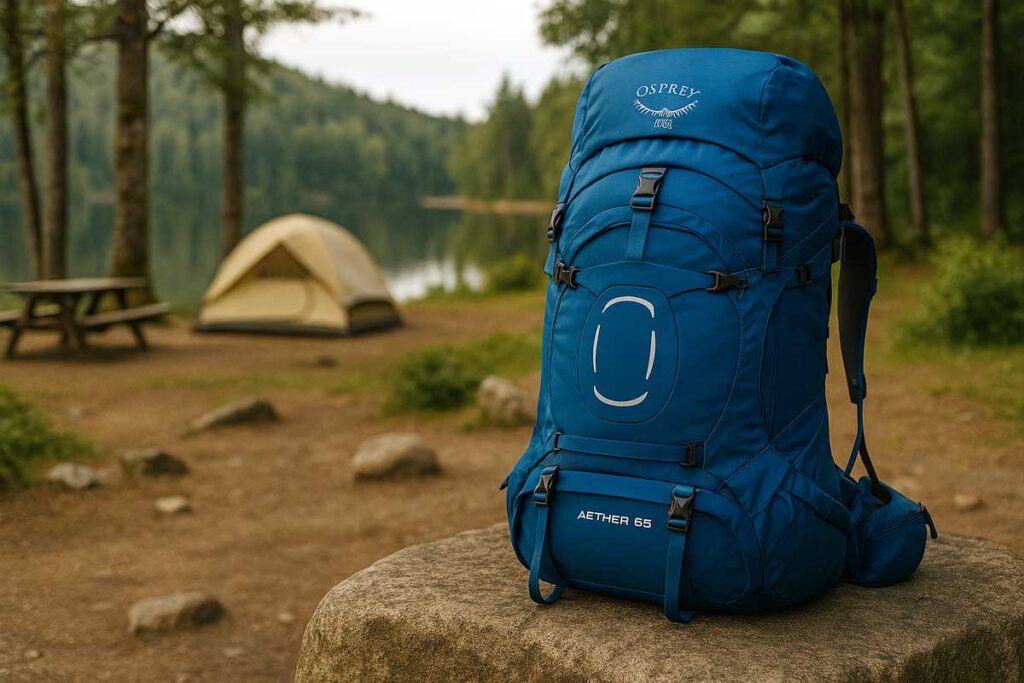
A high-quality camping backpack is engineered to handle the rigors of outdoor adventures. Its durability depends largely on the materials used, the quality of stitching and reinforcements, and how well you maintain it.
How Durability is Measured
- Material Strength: The toughness of the fabric, such as nylon or polyester, and the quality of any coatings or treatments applied, directly impacts a backpack’s resilience.
- Construction Quality: Reinforced seams and hardware (like zippers and buckles) are critical for ensuring that stress points do not become failure points.
- Design Integrity: A well-planned design that distributes weight evenly reduces strain on the fabric and seams.
Key Factors Influencing Durability
Durability is determined by several interconnected factors. Below is a breakdown of what to consider when assessing a camping backpack’s lifespan:
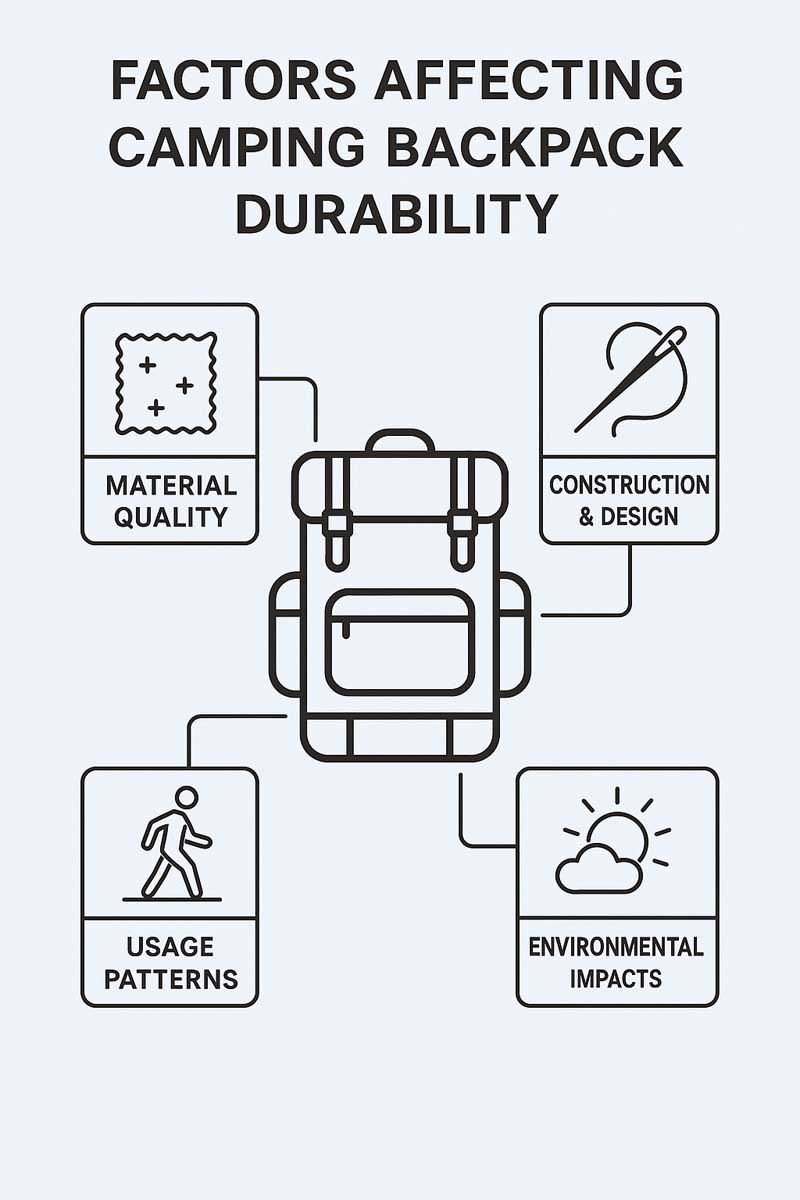
Materials and Construction
Quality backpacks are made from robust materials such as Cordura nylon, ripstop nylon, or high-denier polyester. These fabrics are designed to resist tears and abrasions. Look for these features:
- Fabric Denier: A higher denier (for example, 500D or 1000D) indicates a thicker and often more durable fabric.
- Reinforced Stitching: Double stitching or even triple stitching at stress points adds to the overall strength of the backpack.
- Water-Resistant Coatings: Extra layers or coatings protect the fabric from moisture and mud.
Design and Load Distribution
A backpack that distributes weight evenly reduces the amount of strain on any one area. Features to consider include:
- Padded Back and Shoulder Straps: These reduce pressure on your body and can also protect the backpack from wear.
- Adjustable Fit: A good adjustable system keeps the load balanced.
- Internal Frames or Support: Some backpacks include built-in frames or structural supports that maintain shape and stability during heavy use.
Usage Patterns
How you use your backpack can greatly influence its longevity:
- Frequency of Use: A backpack used daily or on regular long trips will wear out faster than one used occasionally.
- Weight of the Load: Consistently carrying very heavy loads, especially beyond the backpack’s recommended capacity, can lead to premature wear.
- Type of Terrain: Rough, rocky, or wet terrains can exacerbate wear and tear. Backpacks used in harsh conditions require extra durability.
Environmental Factors
Exposure to the elements affects durability. Consider the following:
- UV Exposure: Prolonged exposure to sunlight can weaken certain fabrics over time.
- Moisture and Water Exposure: While water-resistant treatments help, constant exposure to rain or submersion can eventually degrade the materials.
- Temperature Extremes: Very hot or very cold conditions can affect both the fabric and the hardware over time.
Materials and Their Role in Durability

One of the first aspects to evaluate when purchasing a camping backpack is the type of material used. In my experience, the best backpacks are those built with durable synthetic fabrics. Here’s a closer look:
- Nylon: A popular choice for most outdoor gear. Its high tensile strength makes it ideal for backpacks. Look for higher denier ratings (e.g., 500D to 1000D) for added durability.
- Polyester: Known for its color retention and resistance to stretching, it is another common material. Though slightly less durable than high-denier nylon, good quality polyester backpacks still offer excellent performance.
- Ripstop Fabrics: These are woven with stronger threads at regular intervals to resist tearing. They offer an extra layer of security for your gear.
Selecting backpacks with these materials ensures that your investment can handle the demands of rugged outdoor use. It’s not just about durability but also the overall performance in various climates and conditions.
Importance of Construction and Design
Beyond materials, the way a backpack is constructed plays a crucial role in its resistance to damage. Here are some key design elements that contribute to a backpack’s durability:
- Reinforced Seams: High-quality backpacks typically feature double or triple stitching at stress points. These reinforce the seams and prevent them from coming undone under heavy loads.
- Durable Hardware: Zippers and buckles may seem minor, but they are often the first components to fail if they are not built to withstand continuous use. High-quality hardware can ensure smooth operation and longevity.
- Ergonomic Structure: A well-designed backpack distributes weight evenly, reducing the strain on any single part of the bag. This not only increases comfort but also minimizes wear and tear.
- Adjustable Features: Customizable straps and padded backs help adjust the load distribution, ensuring less stress on the structure and extending the overall life of the backpack.
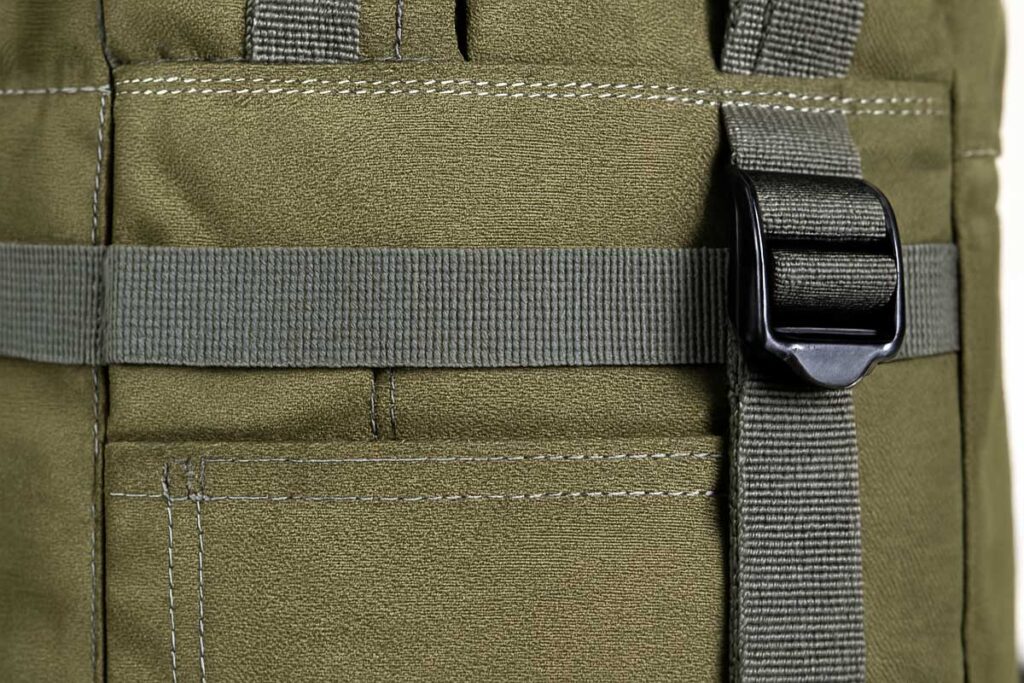
A modern, rugged design makes a significant difference when you’re on rough terrain. Investing in a backpack that prioritizes these construction details can save you money and hassle in the long run.
Usage, Maintenance, and Repair
A backpack, no matter how well-built, will only last as long as its care regime. Let me share some practices that I’ve found effective over my years of camping:
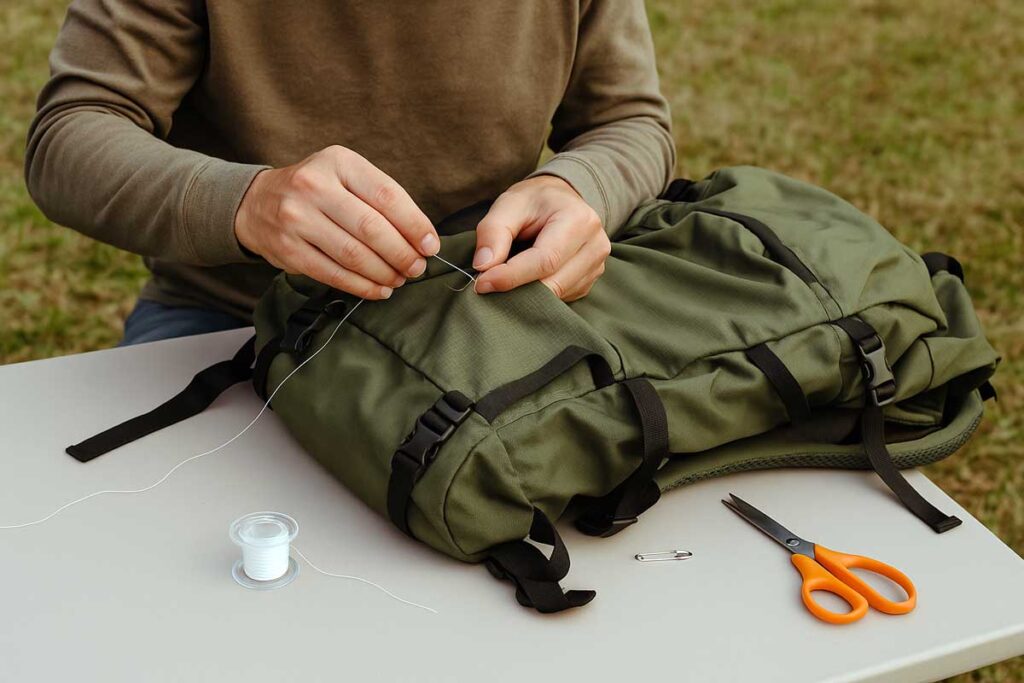
Daily and Trip-Time Care
- Avoid Overloading: Always adhere to the recommended weight limits specified by the manufacturer. Overloading can stress seams and damage straps.
- Distribute Weight Evenly: Pack heavier items in the center and closer to your back to ensure balanced weight distribution.
- Minimize Exposure to Harsh Conditions: When possible, shield your backpack from direct exposure to extreme sun or heavy rain. Use a rain cover if camping under uncertain weather conditions.
Post-Trip Maintenance
- Cleaning: After each trip, empty your backpack and brush off any dirt or debris. Use mild soap and water to gently clean the fabric. Avoid harsh chemicals that can deteriorate the materials.
- Drying: Always allow your backpack to air dry completely before storing it. Damp conditions can lead to mildew and weaken fabric integrity.
- Inspection: Periodically check the backpack for any loose threads, damaged zippers, or weak spots. Addressing minor issues immediately can prevent them from escalating into major problems.
- Storage: Store your backpack in a cool, dry place away from direct sunlight. Consider hanging it to avoid permanent creasing or pressure on a single area.
Repair Tips
Even the best backpacks might require some repair over time. Here are simple repair techniques:
- Sewing Small Tears: Keep a repair kit with you that includes a needle, durable thread (preferably nylon thread), and patch fabric. Small tears in the fabric can often be stitched back together.
- Replacing Zippers: Many outdoor stores offer zipper repair kits. If a zipper fails, you can often replace it yourself with the right tools.
- Patching: For larger areas of wear, use a fabric patch. Iron-on patches are a convenient solution, but for long-term durability, sewing the patch on might be better.
Following these steps not only prolongs the life of your backpack but also saves you money in the long run.
Tips for Selecting a Long-Lasting Backpack
When shopping for your next camping backpack, here are several key points to keep in mind:
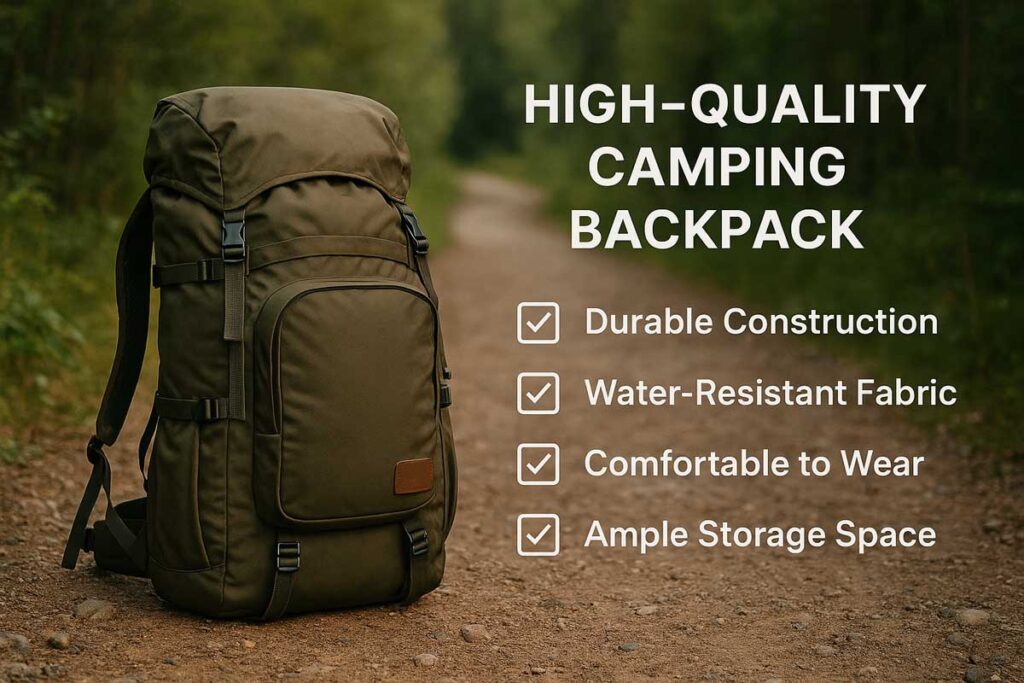
Checklist for Buying Durable Camping Backpacks
- Look for High-Denier Materials: Prioritize backpacks constructed from 500D or higher denier nylon or polyester.
- Check the Stitching: Examine product images or physically inspect stitching at stress points. Double or triple stitching is a must.
- Inspect Hardware Quality: Ensure that zippers, buckles, and other fasteners are made from robust materials.
- Evaluate the Design: Choose backpacks with an ergonomic design and adjustable straps to reduce strain on the bag.
- Consider Warranty/Customer Reviews: Brands that offer warranties and have positive customer reviews are usually a safe bet for long-lasting products.
Comparison Table: Essential Features for Durability
| Feature | What to Look For | Benefits |
|---|---|---|
| Material Denier | 500D or higher | Better resistance to abrasion and tears |
| Stitching | Double/Triple stitching at seams | Increased strength and durability |
| Hardware | Metal or high-quality plastic zippers and buckles | Longer lifespan and smoother operation |
| Design | Ergonomic, adjustable straps, padded back | Even weight distribution, enhanced comfort |
| Warranty & Reviews | Extended warranty and positive customer feedback | Indicator of quality and reliability |
Using such a checklist can streamline your search process and help you choose a backpack that meets your needs and endures the rigors of camping trips.
FAQs about Camping Backpacks
Final Thoughts
Camping backpacks are built to withstand a wide range of environmental challenges and heavy usage, provided you invest in quality and care for it properly. From selecting the right materials and understanding construction details to establishing good usage and maintenance habits, every step contributes to extending the life of your essential gear.
To summarize:
- High-quality backpacks made with durable materials and reinforced construction will rarely break easily.
- Proper loading, regular cleaning, and prompt repairs are key to maintaining your backpack’s integrity.
- Always research and invest in backpacks that have received positive reviews for durability from other experienced campers.
I hope you find these insights useful as you plan your next camping trip. Keep these tips in mind, and your backpack will serve as a reliable companion on the trail for many years. Enjoy your adventures with peace of mind knowing that your gear is built to last.
Happy camping, and may every trek be an adventure that strengthens your connection with nature!

